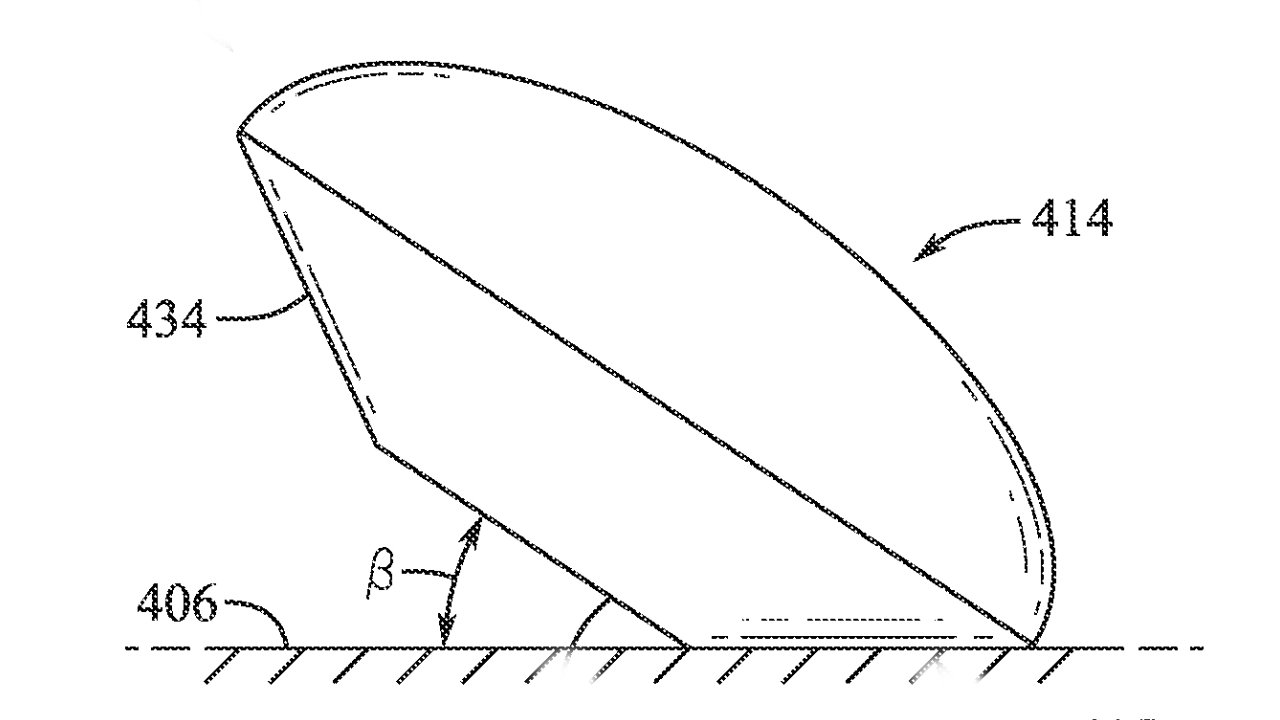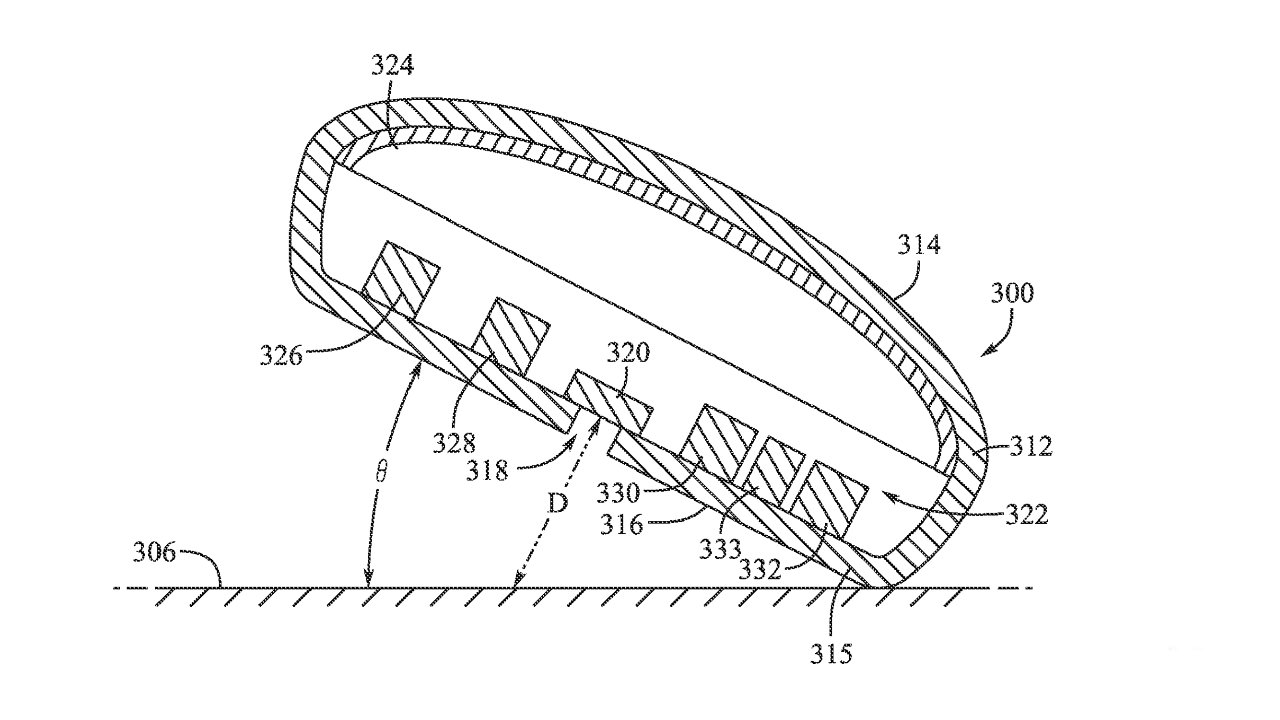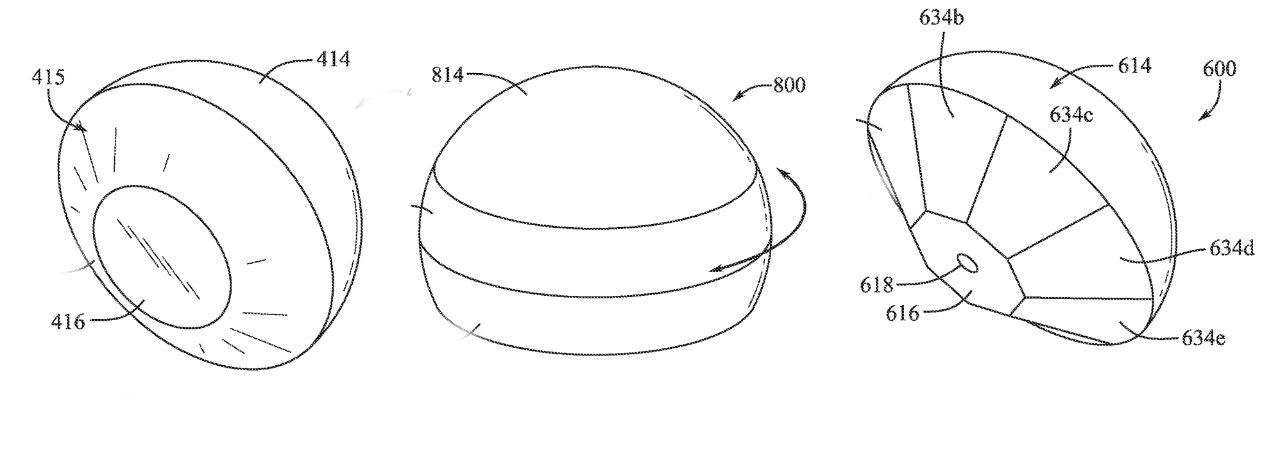Forty years after it popularized the mouse, Apple is researching a replacement that users can tilt or take off the desk entirely to move their cursor around.
The mouse came into its own with the original Mac in 1984, and then Apple made trackballs the thing to have with the PowerBook range in 1991. Three years later, those were old hat, and trackpads were in.
After decades of use, mice and trackpads still rule, and trackballs have only become a little niche. We're covered for input devices, but that isn't stopping Apple from looking for new ones.
In a newly-revealed patent just called "Input Device," Apple proposes a range of odd-looking controls. Some look worryingly like Apple's infamous hockey-puck mouse from the original iMac.
Others, at least in cross-section view, look a lot like the current Magic Mouse. Consequently, the patent application talks a lot about adding tilt sensors to input devices.
"[A] user can tilt the input device to cause a computing device to perform a desired function," says the patent application. The input device can be tilted in different directions or to different degrees, and those tilting motions or positions can be detected and interpreted as command signals for the computing device to perform a desired function."
So as well as forward and back, left and right, and so on, a user could turn a mouse on its edge to select some control or perform some action. "The desired function can be any function carried out by the computing device," says Apple, "whether visibly apparent on a display screen of the computing device or not."
As well as tilting to the side or perhaps forward and back, such an input device could be lifted off what Apple refers to as a support surface. "The support surface can be, for example, a desktop surface or other surface supporting the input device," it says.
It sounds obvious that such an input device would chiefly be on a surface like a desk. It also seems obvious, then, that any tilting detection would be done inside the device, yet sometimes Apple makes more of the support surface.
While patent drawings are only ever intended to be broadly illustrative, some of the ones in this patent application suggest a more active support surface. One looks to be the size of a current Magic Trackpad, for instance, with a Magic Mouse on top of it.
It's the example drawings of the proposed input device that are the most immediately intriguing. Other than the Magic Mouse-like ones, the rest show various round and clearly rotatable designs.
Those designs look to be of devices where the user would put their whole hand over the top and guide the device around like on a Ouija board. But then some also look like approaching UFOs.
This patent is credited to 10 inventors. The include Megan M. Sapp, whose many previous patents and patent applications include one to do with pinch gestures on a mouse surface.
 William Gallagher
William Gallagher









-m.jpg)






 Charles Martin
Charles Martin
 Malcolm Owen
Malcolm Owen

 Christine McKee
Christine McKee
 Marko Zivkovic
Marko Zivkovic
 Mike Wuerthele
Mike Wuerthele

 Amber Neely
Amber Neely






8 Comments
I guess that makes sense since that is the only way to use the Magic Mouse because you still have to charge it on the bottom.
In all seriousness... this is good to promote for people who have ailments or may not be at a desk.
Sounds like changes to support AR/VR control movements.
Apple should sell this IP to Logitech so we can all enjoy it sooner in a practical, usable, and affordable product. Don’t get me wrong, Apple’s mouse implementations are always incredibly innovative and often over engineered. However, they are seldom if ever highly usable without accepting one or more mind boggling limitations that are orthogonal to real world usage by humans. Logitech will get it right, maybe not on the first try, but they will converge on a practical implementation whereas Apple will make you suffer with an oddball implementation that they’ll never change, expect when it’s to add additional absurdity to the original half baked design. Following one half baked design with a half baked modification or “fix” makes it a quarter baked implementation. Bad design followed by a bad fix is multiplicative.
No thanks.
Have never liked mice.
I’ll stick with my Kensington Expert Wired trackball
.